English name: King Crab
Popular name: Alaska King Crab.
Origin and production period:
Alaska: Bering Sea and Southeast Alaska.
Introduction:
If a crab weighs more than 10 kilograms, it really is called the king of crabs. About 100 years ago, when Alaskan fishermen caught the giants for the first time, they thought that was the case. But until the 1950s, when Japanese fishing vessels using tangled nets were expelled from Alaska's main fishing areas, the capture and processing industry of King crab was greater than the real development.
As the largest member of the spider crab family (backward linking spider crab leg festival), the king crab is distributed on both sides of the North Pacific Ocean from Alaska in the United States to Kamchatka Peninsula in Russia. In the United States, the King Crab is only produced in Alaska, it is also known as the Alaska King Crab.
Alaska produces three commercially valuable king crabs. The Red Emperor Crab is the largest individual with the largest number, accounting for more than 70% of the total production of Alaska King Crab. The blue king crab is distinguished from the red king crab by its pronounced black color on the leg ends, both of which are almost the same size and are usually sold at the same price.
The brown king crab (also known as the golden king crab) is small in size, generally less than 3 kilograms. The golden king crab can be easily distinguished from the other two crabs by its well-proportioned red/orange legs (the legs of the red and blue emperor crabs are creamy white). The Brown Emperor Crab is usually lower in price and lower in price than the other two types of soap crab because of its smaller size. In most years, this kind of crab produces 25% of the total output.
Similar to other crabs, the production of King crab differs significantly from year to year. In 1980, the output of the Emperor's crab reached a record of 60,000 tons. After two years, it suddenly dropped to 6 tons. In recent years, the average annual output is between 7,000 and 12,000 tons. Alaska biologists set fishing quotas for Red and Blue Emperor crabs each year. In addition to a small amount of fishing in Alaska's southeastern waters, Golden King Crab can be caught in the deep waters of the Aleutian Islands throughout the year with no quota restrictions.
Most Alaskan soap crabs are caught in October. During this period, a large number of Red King Crabs were produced in the Bay of Bristol and the production accounted for about 2/3 of the total production of Alaska King Crab (in November there was a small amount of Red Emperor crabs in the waters of Southeast Alaska). The red and blue king crabs were caught in small amounts in September's Bering Sea. In February, there was also a small amount of golden king crab caught in the waters of Alaska’s southeast.
The law only allows male crabs to be caught. Male crabs are much larger than females. Harvested crabs are processed or freshly transported to onshore processing plants on fishing vessels. Most king crabs are cut into crab segments, including crab legs and crab shoulders. The cooked crab segments are then frozen or blow-frozen after being stored in low-temperature saline water. Some frozen crab sections are dedicated to the Asian market. These uncooked crabs are also called "green crabs."
Most Alaskan crab crab sections were further processed into single crab legs and crab claws. Each king crab has six crab legs, one forceps and one food-feeding forceps. The Emperor's crab legs were graded according to the number of crab legs per 10 pounds (4.53 kg) plus crab claws. Usually Red and Blue Emperor crabs are divided into 9/2, 12/14 and 14/17, golden king crabs are divided into 16/20 or less. The number of boxed king crab legs and crab claws should be the same as those of raw crabs.
The Alaska Red Emperor crab was caught between October and November. Red king crab shells are plump with a fullness of 90% or more. In contrast, brown king crabs can be caught in deep waters all year round, and their shells are less than 80% full.
Alaska now supplies more and more fresh cooked king crabs and fresh king crabs. The best time to purchase King crab is from late autumn to winter.
The sales proposal put the king crab in a fresh culture cabinet. The result is very good. Consumers are willing to taste the king of crabs at a high price.
King Crab scientific name (scientific name): Paralithodes camtschatica (red king crab), Paralithodes platypus (blue king crab), Lithodes aequispina (brown or golden king crab)
Common name (market name): Alaska King Crab Individual size: up to 10 kg, usually 3 to 4 kg Yield: Live crab to cooked crab section: 60%; Live crab to cooked crab meat: 25%; Cooked crab section To cooked crab meat: 42%
The main products: frozen products: crab sections, crab legs and crab claws; split shell crab legs and crab claws. Fresh products: crab sections, crab legs and crab claws; fresh preservation treatment: Live crabs can be kept in a cool environment for 24 hours after leaving the water. After proper ice plating treatment, frozen crab sections can be preserved for 1 year. The shelf life of the fresh King crab is one week, and that of thawed crabs is three days. Frozen crabs should be kept at minus 18 degrees and fresh crabs should be stored at 0 degrees to 1 degree.
Taste: soft texture: solid nutrition index (per 100 grams)
Calories: 97 kcal Protein: 19.2 g Fat: 1.5 g Cholecyline: 53 mg Omega-3 (Omega-3): 0.1 g Sodium salt: 1072 mg Main origin: Alaska: Bering Sea and Southeast Alaska Sea area distribution: North Pacific: Alaska Industry to Russia Major fishing methods: Trap box Average American Noon: 10,000 tons Fishing Season: Bering Sea: Red and Blue King Crab: September-October; Golden King Crab: Year-round. Alaska Southeast Waters: November (Red Emperor Crab) and February (Golden Emperor Crab)
Defective identification:
Development of flesh - uncooked or incomplete cleaning The rate of dead crabs is too high during transportation. Dead crab rate should not exceed 10%
Crystallization of crab meat indicates thawing followed by freezing or freezing. Slow crab meat is too salty. Crab meat does not cool enough before freezing. Plumpness is low. Red and blue King Crab crabs have a fullness of not less than 80%. Golden King Crab is not lower than 70%
Net weight is not allowed (10 kg and 10% of ice plated clothing weigh 11 kg)
The number of crab legs does not match the number of crab claws. For example, a 20-pound king crab with a grading of 9/12 should have 18-24 crab legs plus a corresponding number of crab-clamps, and a 20-pound crab product should have no more than 1-1.5 lbs.
Electric Hydraulic Operating Table
1. Import hydraulic system
2. Memory sponge mattress
3. Electric Longitudinal displacement ≥350mm
4. Tabletop is X-ray available
5. Optional Carbon fiber bed panel
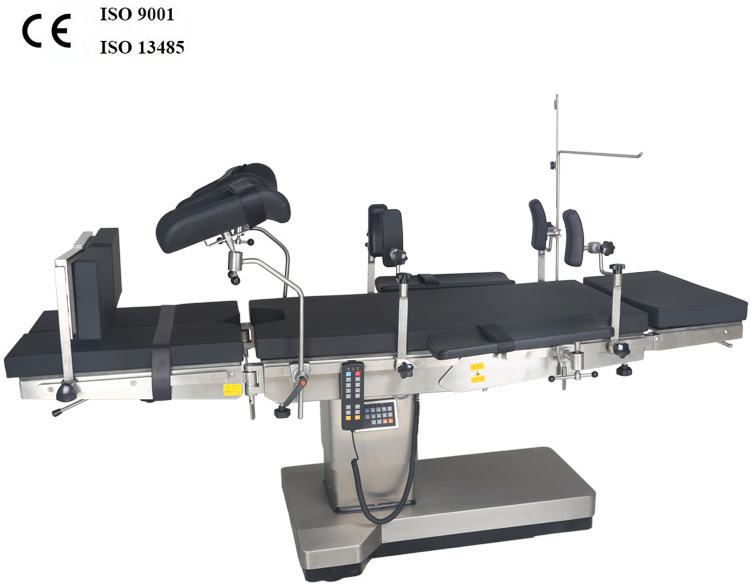
The Hydraulic system adopts imported integrated type components, imported motor and solenoid valve, stable performance.
The Operating Table uses wired mini touch controller.
Pillar base cover all 304 stainless steel, anticorrosion, easy to clean and durable.
Taiwan stainless steel structure, easy to use, safe and stable.
Accessories are removable.
The Multi function medical operating table is suitable for comprehensive surgical operations like thoracic surgery, abdominal surgery, brain
surgery, eye surgery, ENT, gynaecology and obstetrics, urology surgery, orthopedics surgery and other general purpose.
More Images:

The brief medical operating table without accessories installed on
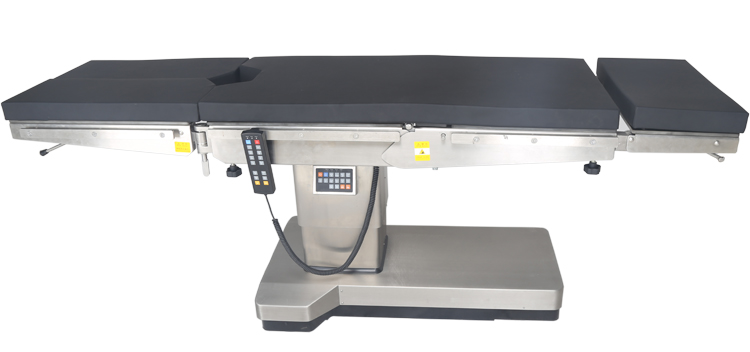
The whole set Surgical Operation Table with all related Accessories intalled on
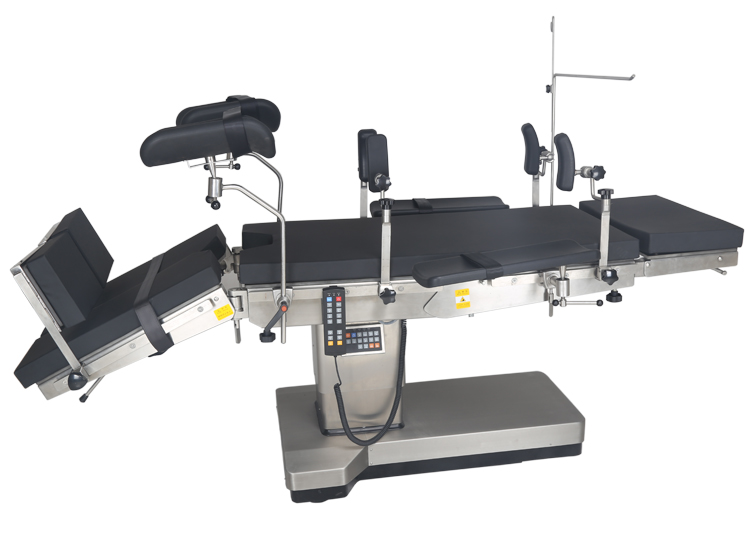
Certificates:
Certificates of CE, ISO9001, ISO13485 and CFDA are approved
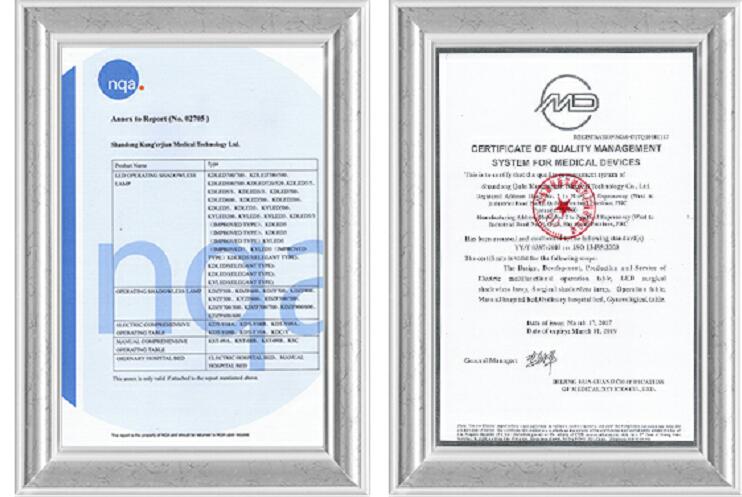
Company:

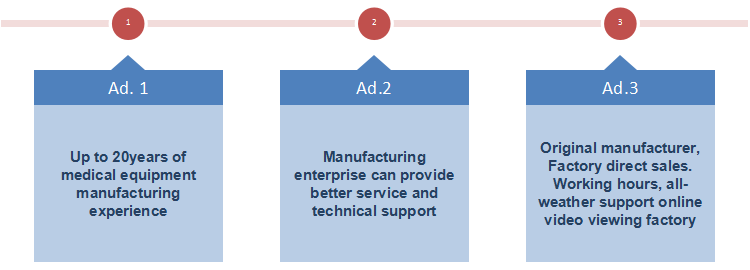
Shangdong province is the main machinery production base in China.
KANGERJIAN Medical Technology Co., Ltd. is a group of senior lighting design expert and machinery manufacturing expert company with 20years experience and factory locating in the east city--the hometown of confucius--Qufu in Shandong province, China.
The Company has passed the ISO:9001:2008 quality system certification, ISO13485:2003 quality system certification, CE certification and CFDA certification, so that the enterprise management standards and product quality is relatively connected to expand the international market for enterprises to lay the foundation.
Our main products: Operation Theatre Lights , Operating Room Lights , Double Dome Halogen Operating Light, Single Dome Halogen Operating Light, LED Operating Light , Surgical Operating LED Light , Mobile Type Operating Light , Gynecology Examination Tables , Obstetric Delivery Bed , Electrical Gynecological Table , Obstetric Delivery Table , Delivery Examination Table , Electric Hydraulic Operating Table, Electric Medical Operating Table, Manual Electric Operating Table , Surgical Table , Operating Table, Operating Theatre Pendants , icu tower crane in ICU room, LED Viewbox etc. professional medical equipment.
The quality of casting by me, the market led by me! Excellent from professional, KANGERJIAN people lead the new trend of medical equipment.
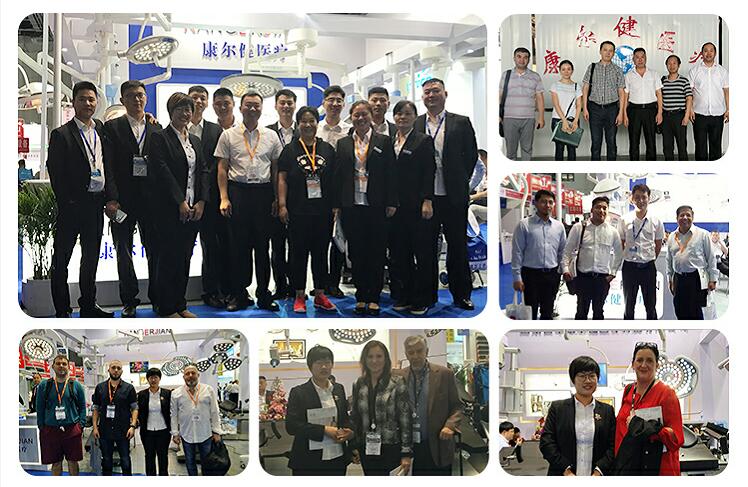

Electric Hydraulic Operating Table
Electric Hydraulic Operating Table,Electric Hydraulic Operating Bed,Hospital Electric Hydraulic Medical Table,Hydraulic Pressure Operation Bed
Shandong qufu healthyou Medical Technology co.,Ltd , https://www.kangerjian-medical.com